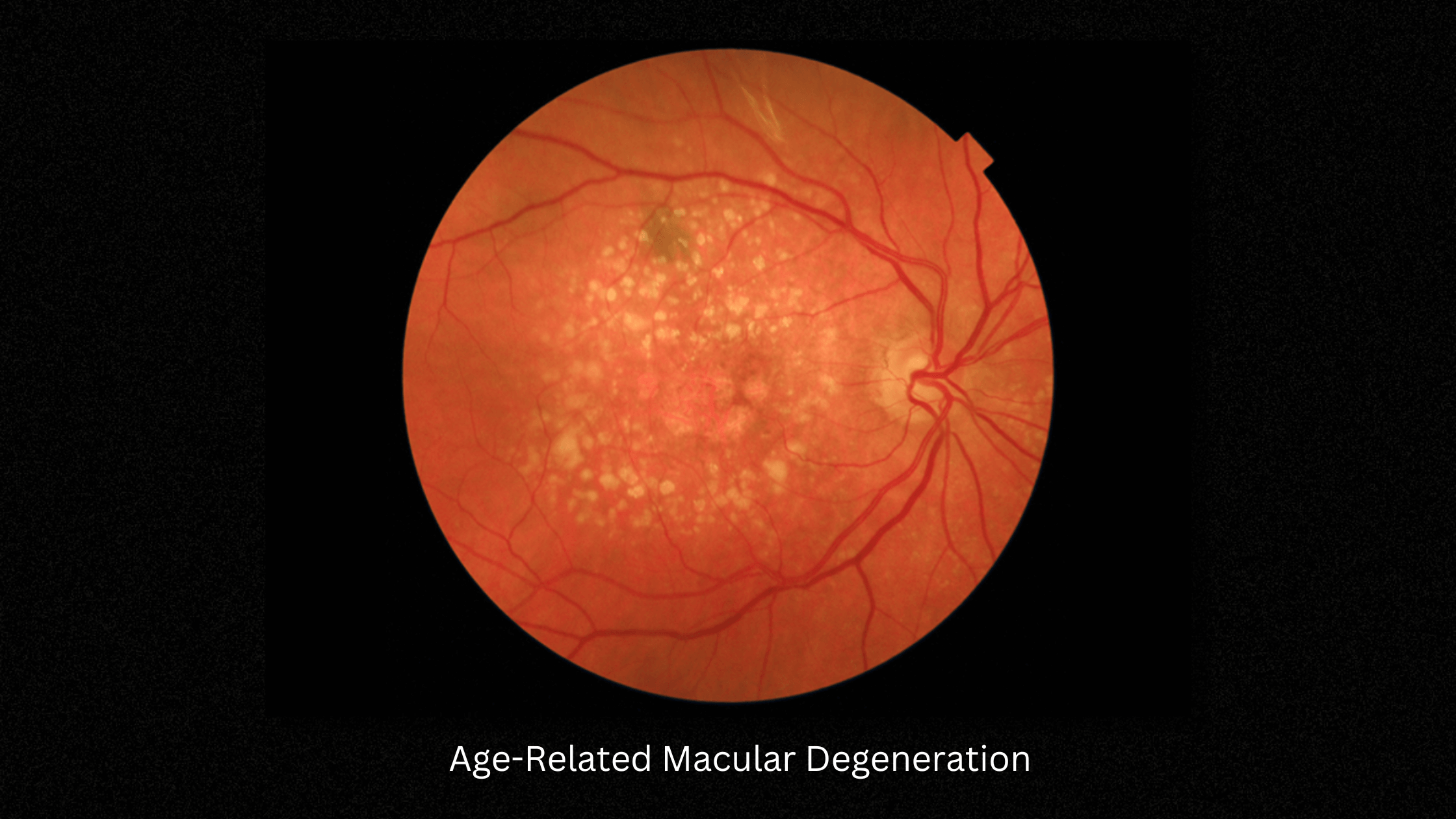The Blue Mountains Eye Study (BMES) is the world’s most important human study into eye disease. The research has changed the way we diagnose, treat and prevent age-related macular degeneration (ARMD), an eye disease that affects over 10 million people worldwide.
It is also one of the biggest medical studies ever conducted, with more than 2350 participants from Sydney and its surrounding areas who are between the ages of 50-79 years old. The study began in 2003 as a collaboration between leading ophthalmologists at various Sydney hospitals and as a team effort by staff at Sydney’s Westmead Health Institute.
Blue Mountains Eye Study – All You Need To Know!
The aim was to understand how ARPD develops so that scientists can develop better treatments for it in the future. Participants answered detailed questionnaires on their lifestyle habits, such as whether they smoke, drink alcohol, or take certain medications.
They were also asked to name any problems they had with their eyes – such as blurriness or pain – which helped researchers identify possible symptoms of ARMD in people who don’t have it yet.

What is ARMD?
ARMD is a progressive eye disease that affects the macular area of the eye, which is responsible for fine vision and reading. This central part of the retina, located behind the optic nerve, is damaged by the disease, and vision loss occurs.
The longer someone has this condition, the more vision they lose. ARMD is caused by a number of factors including genetics, age, lifestyle, and health conditions. ARMD is caused by the breakdown of the pigments in the macular area of the retina.
ARMD has no cure, but vision loss can be slowed by early detection and prompt ARMD treatment. Treatment options can include laser surgery, medication, and vision rehabilitation therapy to help train your eyes to see better.
The Effect of The Blue Mountains Eye Study (BMES) on ARMD Treatment
The BMES has already shown the impact that diet and lifestyle have on aging and vision. The study’s findings have already had a huge impact on how treatments are administered to BMES participants.
In addition, the BMES has influenced the way that doctors treat people with macular degeneration, both in the future and in the present. For example, the Blue Mountains Eye Study found that: The BMES data has also been used to support the effectiveness of some treatments that were once considered ineffective. For example:
The Future of ARMD Treatment
As doctors learn more about the causes of and treatments for eye disease, they are able to better treat people who have ARMD. This means that people with the condition can live longer and happier lives. The BMES has already shown that people with the condition can see better with the right treatment.
But the amount of vision that a person has is determined by genetics. The BMES has also shown that people who have the condition are more likely to develop other health-related issues.
This means that people who have the condition are often in need of treatment from other health professionals, such as cardiologists, neurologists, and gastroenterologists. This makes it even more important for people with ARMD to receive treatment as soon as possible.
The Westmead Hope Study: A Look at the Next Phase of the BMES
The Blue Mountains Eye Study has been a groundbreaking study, with studies in the future that could continue these findings. In 2010, the BMES team began a new study known as the Westmead Hope Study.
This study aims to better understand the causes of and treatments for ARMD. The study began in Sydney and Auckland, New Zealand, and will eventually enroll 2350 participants from Australia and New Zealand.
The study will include participants of all ages, with the majority being between the ages of 50-79 years old. Participants will be followed for up to 10 years.
Conclusion
The Blue Mountains Eye Study has shown that lifestyle choices—such as diet, exercise, and smoking—can affect vision. It has also shown us that some people are at an increased risk of developing vision loss due to genetics or other factors.
The BMES has also shown us that the best way to prevent and treat vision loss is to get regular eye exams and follow diet and exercise guidelines. With regular exams and the help of the The Blue Mountains Eye Study, it’s possible for anyone to receive excellent vision throughout their lives.
